M-ART-keting Sustainability: 3 Lessons From Activist Artists
By Alison Klein | June 24, 2015
The relationship between art and activism is a long one. After all, even artists aiming for objectivity have to make decisions about what to represent and how to represent it. That said, many artists set out to make a bold statement and marketers can learn a lot from their techniques.
One classic example of activist art is Picasso’s Guernica, named after a Spanish village bombed at the behest of nationalists during the Spanish Civil War. While the painting is abstract (I mean, we’re talking about Picasso here) its message is clear – the inhabitants of Guernica are desperate, pained and confused. It’s abstract but it isn’t subtle: Picasso’s painting decries the attack and forces the viewer to contend with its aftermath.
Much of today’s activist art champions a very different voiceless victim by addressing environmental degradation. By helping viewers consider alternative perspectives without putting them on the defensive, it’s more inspiring and less didactic than traditional sustainability marketing. That uplifting quality gives it the power to create change.
I’d like to highlight how several artists and marketers manipulate certain variables to convey their sustainability messages. Use these examples as inspiration to help you step outside your comfort zone and embolden your own message through creativity.
Sign Up for Pegable Post to get ideas, advice and resources on activating your Purpose sent right to your inbox.
Location
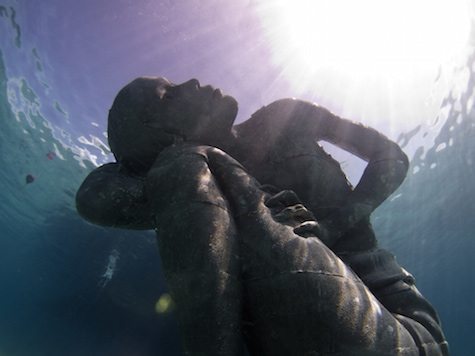
Ocean Atlas: Jason DeCaires Taylor
Artist Jason deCaires Taylor builds sculpture parks underwater. He uses a sustainable, pH-neutral material that can house coral polyps and other marine wildlife in need of a home. His installations attract tourists, drawing them away from diving hotspots where frequent human activity stresses fragile ecosystems.
One of Taylor’s latest installations is Ocean Atlas, purportedly the largest sculpture ever deployed underwater. The figure is positioned so that the surface of the ocean seems to rest on her shoulder. Taylor says of his work:
“I am trying to portray how human intervention or interaction with nature can be positive and sustainable, an icon of how we can live in a symbiotic relationship with nature.”
Of course Taylor’s use of material is essential to his work, but the careful placement of his sculptures allows them to help address the issues to which he’s calling attention.
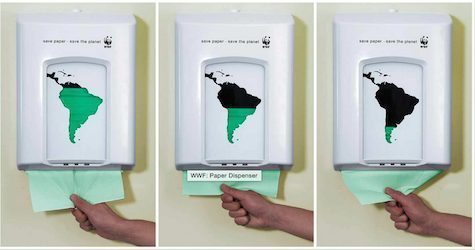
By Saatchi & Saatchi, Copenhagen, Denmark | Creative Director: Simon Wooller | Art Directors / Copywriters: Cliff Kagawa Holm, Silas Jansson Release: April 2007.
While I’m not suggesting you execute your next marketing campaign underwater, it’s worth thinking about location when you try to find the best way to make an impact. For instance, consider this clever ad placement by World Wildlife Fund (WWF).
To put the tagline “Save paper. Save the planet.” in a magazine would have been contradictory and mundane. By instead designing the ad for a paper towel dispenser, Saatchi & Saatchi found a way avoid using paper and help the ad’s viewers connect their actions directly with the cause. The location of the ad helps people access it when they’re in a position to respond, which is key to creating behavior change.
Another engaging example is this ad by Ogilvy + Mather for MTV Switch’s Global Warming campaign. Placed elsewhere, these signs might attract minimal attention. In their existing location, they catch the eye and illustrate the consequences of ambivalence. They’re a loud and compelling warning that viewers can’t seem to ignore.
Early art relied exclusively on natural materials but today, many artists turn toward more unusual mediums. That’s certainly the case with “The Belly of the Beast,” winner of the 2015 Brick Bay Folly Architectural Award. This hairy 39.3 ft. tower is made up of recycled tire shingles. Its designers Declan Burn & Matt Ritani explain their vision:
Jeremy Till wrote that ‘all architecture is building waste in transit.’ In the interest of sustainability, it was important for us to situate the construction of the folly within a process of future assemblies… After the exhibition period of 12 months the tyres will be sent to an Auckland based tyre shredder and be donated to a local equestrian club for dressage arenas as rubber chip[s are] more comfortable for horses. Rather than simply recycling we increase value, contributing to community good.
In choosing their material, scale and the eventual fate of the sculpture, the artists manage to point out the huge volume of rubber waste, prove that it doesn’t have to be waste and devise a way for their own creation to be re-re-used.
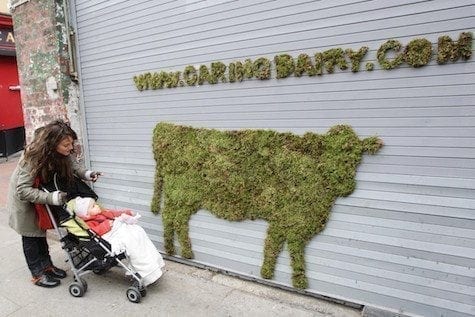
This ad promotes sustainable practices using sustainable materials. Double win!
Burn and Ritani are hardly unique in using recycled materials. It’s a very popular thing to do, and it’s also very powerful: each time an artist repurposes trash or uses found materials, she forces the viewer to re-asses his own definition of waste and consider that even used things are full of possibility.
Being purposeful in your choice of materials is also a great way to infuse your larger message in your marketing efforts. Take, for example, this “eco graffiti” that celebrates the launch of fellow B Corp Ben & Jerry’s Caring Dairy program. The program helps dairy farmers continuously improve their practices to achieve more sustainable practices. Spelling out the url in moss underscores Ben & Jerry’s values and the sustainable focus of the program itself.
Abstraction
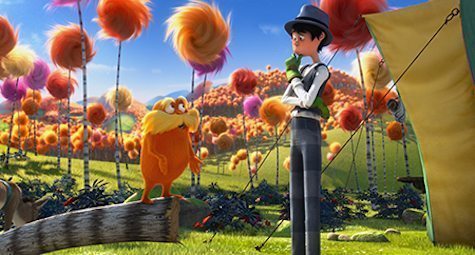
Credit: Universal Pictures and Illumination Entertainment.
Have you heard of The Lorax? It’s pretty well-liked and widely read considering it’s a conservationist manifesto. It was even made into a movie!
This beloved children’s book by Theodor Seuss Geisel (better known as Dr. Suess) tells the story of the greedy Once-ler who happens upon a land full of Truffula trees, Brown Bar-ba-loots, Swomee Swans, and Humming Fish. The Once-ler finds that he can use the Truffula trees to make Thneeds, then promptly decimates the whole forest for financial gain. All of the creatures leave and the Once-ler is left alone in a desolate landscape of his own making.
Like Picasso’s Guernica, this is not an opaque allegory – it’s an abstracted account of a truth that, because of its abstraction, is more palpable. People aren’t as hesitant to engage with the book’s strong message because it’s presented through a fun story.
In marketing sustainability, we can also use abstraction to help people access unpleasant truths. For example, consider the 2004 Earth Melting WWF ad campaign by VVL/BBDO Belgium that relates a warming earth to a melting scoop of ice cream. It’s easier to think about melting ice cream than a melting planet, so the visual abstraction gives us an entryway to understanding.
If you’re seeking behavior change for sustainability, don’t stay within the confines of traditional outreach. Try using symbols, metaphors, or surreal images to tell the truth and grab attention.
The examples in this post are a drop in the bucket – there are countless artists and marketers who, through their creative choices, communicate the importance and urgency of sustainable behavior. If you have a favorite example of sustainable art or sustainable m-ART-keting, I’d love to hear about it in the comments below.


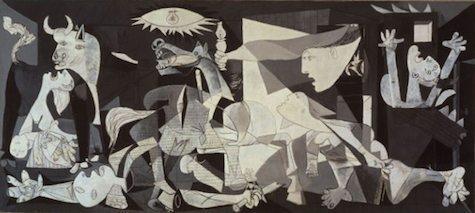
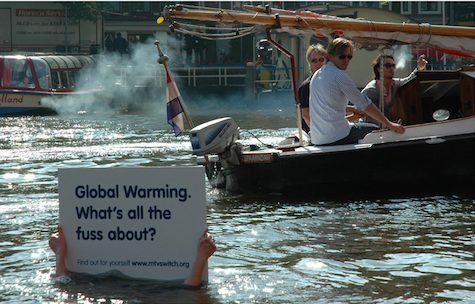
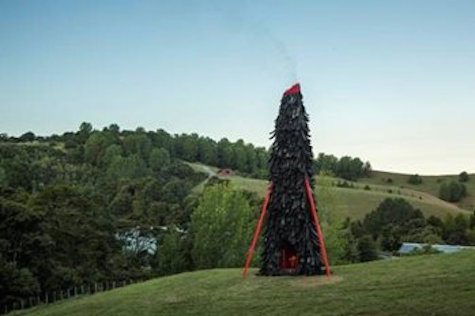
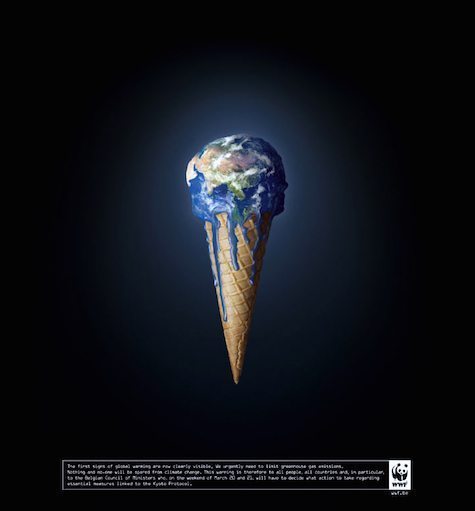
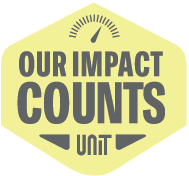

Loved this piece!
Learned so much and beautifully written.
Thank you.
Thanks for reading, Kathleen! Glad you enjoyed it 🙂